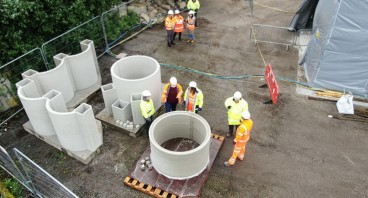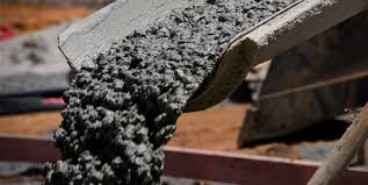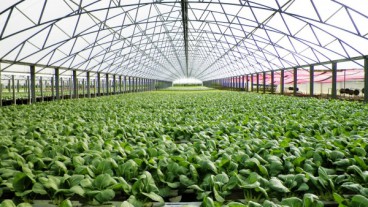New Sustainable Concrete Mix Cuts Emissions and Boosts Strength


Sources: techxplore.com, 3dprintingindustry.com
Want to read more like this story?

3D-printed buildings using soil material
Sep, 24, 2020 | NewsResearchers have developed a new technique to construct a building using a 3-D printer and soil mate...

Revolutionizing the Water Industry: The Impact of 3D Concrete Printing
Jun, 13, 2024 | NewsIn an ambitious leap forward, United Utilities, a major water company in North-West England, has pa...

Civil Engineering in the Digital Age: Top Innovations Shaping the Future
Jul, 16, 2024 | NewsThe world of civil engineering is experiencing a significant digital transformation. Innovative tec...

Scientists produce high bending capacity concrete using no cement
Mar, 11, 2020 | NewsScientists from Swinburne University in Melbourne, Australia, have created a new concrete material t...

What about recycled concrete?
Feb, 01, 2016 | NewsA group of scientists examines the possibility of using materials from demolitions for the construct...

The Fehmarnbelt Tunnel’s Pushes Forward with Low-Carbon Engineering
Nov, 20, 2024 | NewsThe Fehmarnbelt tunnel project is at the forefront of sustainable engineering with its trial of CO2...

Carbon Reduction in Focus: Lessons from the Edge London Bridge Project
Jan, 20, 2025 | NewsA bold new addition to London’s skyline is taking shape near London Bridge. This 27-storey sustaina...

Paving the Future: Sustainable Concrete from Plastic Waste
Jan, 22, 2025 | NewsIn a remarkable innovation, engineers have developed sustainable concrete pavers made from nearly 1...

Graphene: a key element in water desalination
May, 12, 2017 | NewsResearchers found that it can filter common salts from water to make it potable Researchers found...
Trending

Vertical gardens in Mexico City to combat pollution

Characteristics of Load Bearing Masonry Construction

Taipei 101’s impressive tuned mass damper

Saudi Park Closed After 360 Big Pendulum Ride Crashes to Ground, 23 injured

Dutch greenhouses have revolutionized modern farming

Federal court rules Biden’s offshore drilling ban unlawful


